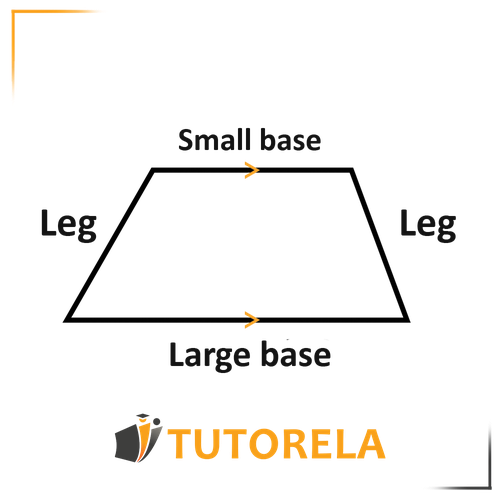Properties of a Standard Trapezoid
- A quadrilateral with one pair of parallel sides.
- Angles resting on the same leg are supplementary to 180 degrees, so the sum of all angles is 360 degrees.
- The diagonal of the trapezoid creates equal alternate angles between parallel lines.














